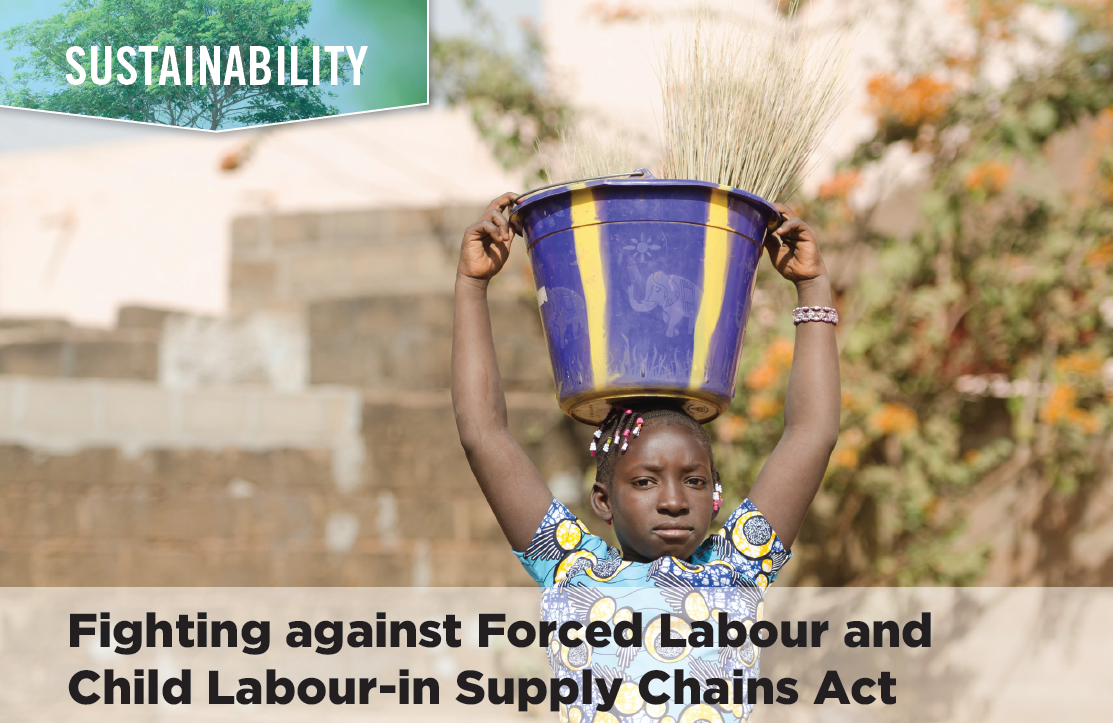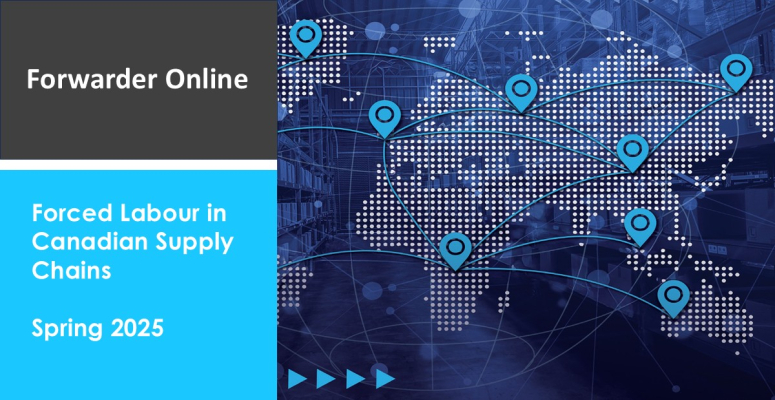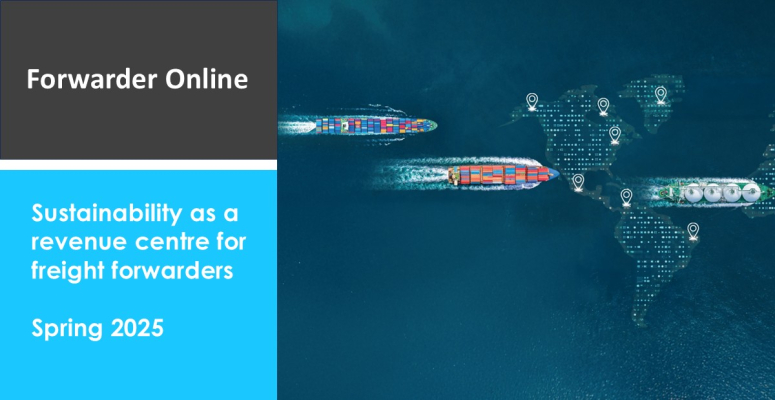
Fighting against Forced Labour-and Child Labour-in Supply Chains Act
BILL S-211, an Act to enact the Fighting Against Forced Labour and Child Labour in Supply Chains Act and to amend the Customs Tariff, had a first reading November 24, 2021 in Canada’s Senate.
The Fighting Against Forced Labour and Child Labour in Supply Chains Act imposes an obligation on certain government institutions and private-sector entities to report on the measures taken to prevent and reduce the risk that forced labour or child labour is used by them or in their supply chains.
The Act provides for an inspection regime applicable to entities and gives the Minister the power to require an entity to provide certain information. This enactment also amends the Customs Tariff to allow for a prohibition on the importation of goods manufactured or produced, in whole or in part, by forced labour or child labour as those terms are defined in the Fighting Against Forced Labour and Child Labour in Supply Chains Act.
The Act states the following:
Whereas forced labour and child labour are forms of modern slavery; whereas Canada, as a party to the eight fundamental conventions of the International Labour Organization on fundamental labour rights — including the Forced Labour Convention, 1930, adopted in Geneva on June 28, 1930; the Abolition of Forced Labour Convention, 1957, adopted in Geneva on June 25, 1957; and the Worst Forms of Child Labour Convention, 1999, adopted at Geneva on June 17, 1999 — is determined to contribute to the fight against modern slavery; child labour means labour or services provided or offered to be provided by persons under the age of 18 years and that:
(a) are provided or offered to be provided in Canada under circumstances that are contrary to the laws applicable in Canada;
(b) are provided or offered to be provided under circumstances that are mentally, physically, socially or morally dangerous to them;
(c) interfere with their schooling by depriving them of the opportunity to attend school, obliging them to leave school prematurely or requiring them to attempt to combine school attendance with excessively long and heavy work; or
(d) constitute the worst forms of child labour as defined in article 3 of the Worst Forms of Child Labour Convention, 1999, adopted at Geneva on June 17, 1999
The definition of child labour was revised because the original definition was over-inclusive and difficult to manage (there are no uniform labour laws in Canada, and it may be inappropriate to apply Canadian norms abroad). The old definition was also under-inclusive because it only referred to the worst forms of child labour. For this reason, the new version of the Bill will limit the application of Canadian laws to Canada but will add new subsections (b) and (c), inspired by the ILO definition of child labour.
The purpose of this Act is to implement Canada’s international commitment to contribute to the fight against forced labour and child labour through the imposition of reporting obligations on:
(a) government institutions producing, purchasing or distributing goods in Canada or elsewhere; and
(b) entities producing goods in Canada or elsewhere or in importing goods produced outside Canada
The Bill has passed first and second readings, which means that it is now going to committee stage before the Senate Standing Committee on Human Rights.
Like earlier versions of this Bill, the goal is to improve transparency in supply chains. If adopted, businesses subject to the Act would be required to file and publish annual reports on the steps they are taking to prevent and reduce the risk that forced or child labour is being used in their supply chain.
According to the Canadian Chamber of Commerce, in an analysis of the Bill, the revised Bill provides greater certainty and clarity for business in several respects.
Some elements of these improvements are the following:
- The name has been modified from “Modern Slavery Act” to “Fighting against Forced Labour and Child Labour in Supply Chains Act.” (s. 1)
- There is greater clarity in the definition of “child labour.” (s. 2)
- The Bill now permits businesses the option of filing a single report or a joint report with members of their group. (s. 11 (2))
Other elements of note include:
- The scope of the Bill has been expanded to include federal government institutions. (s. 6) (This is in response to reports of forced labour being used in the production of PPE that the government purchased earlier in the pandemic.)
- The Bill defines an “entity” in a manner that covers larger companies: listed on a stock exchange in Canada; prescribed by regulation; or meeting two of the following three conditions (i) at least $20 million in assets, (ii) generating at least $40 million in revenue; and (iii) employing an average of at least 250 employees. (s. 2)
- Annual reports must outline the measures taken to prevent the use of forced labour in Canadian goods. (s. 11 (1)). The report must also describe the business’ corporate structure and its supply chains and identify those parts of its supply chains that carry a risk of forced labour. (s. 11 (3)) The report must be signed off by the governing body (s. 11 (4))
- Failure to comply with the reporting obligations may result in fines of up to $250,000.



